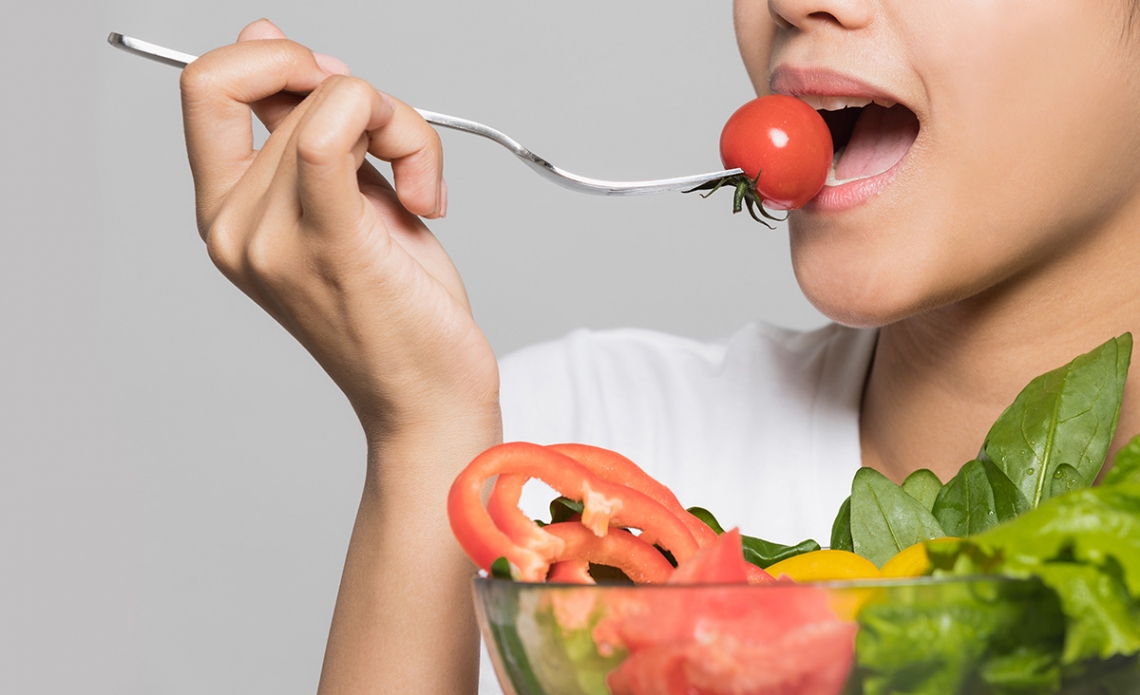
We may take the act of eating for granted, but it is a complex process that requires effort and work from different body parts. There are four stages: 1) ingestion, 2) digestion, 3) absorption, 4) elimination. This month we will focus on ingestion.
You may notice that when you look at food and smell it, you start to produce more saliva. This is because the ingestion process starts before you put food into your mouth. Saliva helps because it keeps your bites moist and then make the swallowing easier.
Once you have food inside your mouth, almost as an involuntary motion, the chewing mechanism starts. While your jaw moves up and down and side to side, your tongue presses and holds food in place for grinding and crushing it with your teeth and then swallowing. However, have you wondered why do people or even yourself have difficulties with chewing/swallowing? How can people cope with these issues?
A chewing problem appears for different reasons: loosened teeth, poorly fitting dentures, dry mouth, damage to facial muscles, impairments in the brain and nerves, etc. It is common to see these causes in elderly people because the body and its functions naturally change as we age.
Treatment for chewing/swallowing difficulties depend on the symptoms but if they go untreated, malnutrition may arise. Some of the signs of these difficulties are: spitting out pieces of food, coughing, choking or excessive drool, pocketing food in cheeks or under the tongue. Also if the person says “the food gets stuck” or “goes down the wrong way”, has pain when swallowing, refusing certain foods and medications, eating very slowly or leaving meals uneaten.
If you know someone or if you have a hard time with the ingestion of food, it is important to check with a health practitioner, and talk with family and friends about these difficulties.
Another way to cope with this condition and lowering the risk of malnutrition is through modifications in preparing and cooking techniques. The chart below shows some tips for texture modification.
Instead of: Try:
Fresh Fruit Smoothies; soft canned fruits like applesauce, peaches and pears
Raw Vegetables Veggie soups; creamed and mashed cooked vegetables
Meat Ground meat; other high-protein foods like eggs, milk, cheese, and yogurt; and foods made with milk, like pudding and cream soups
Sliced Bread Cooked cereals, rice and bread pudding.
